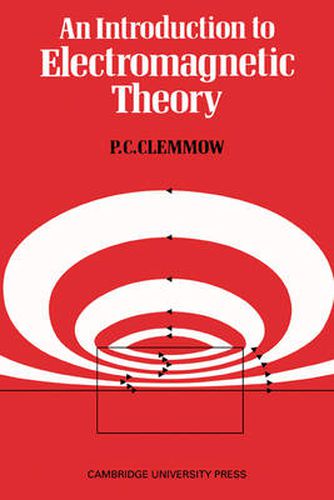Readings Newsletter
Become a Readings Member to make your shopping experience even easier.
Sign in or sign up for free!
You’re not far away from qualifying for FREE standard shipping within Australia
You’ve qualified for FREE standard shipping within Australia
The cart is loading…






First published in 1973, Dr Clemmow’s Introduction to Electromagnetic Theory provides a crisp and selective account of the subject. It concentrates on field theory (with the early development of Maxwell’s equations) and omits extended descriptions of experimental phenomena and technical applications, though without losing sight of the practical nature of the subject. Rationalized mks units are used and an awareness of orders of magnitude is fostered. Fields in media are discussed from both the macroscopic and microscopic points of view. As befits a mainly theoretical treatment, a knowledge of vector algebra and vector calculus is assumed, the standard results required being summarized in an appendix. Other comparatively advanced mathematical techniques, such as tensors anf those involving Legendre or Bessel functions, are avoided. Problems for solution, some 180 in all, are given at the end of each chapter.
$9.00 standard shipping within Australia
FREE standard shipping within Australia for orders over $100.00
Express & International shipping calculated at checkout
First published in 1973, Dr Clemmow’s Introduction to Electromagnetic Theory provides a crisp and selective account of the subject. It concentrates on field theory (with the early development of Maxwell’s equations) and omits extended descriptions of experimental phenomena and technical applications, though without losing sight of the practical nature of the subject. Rationalized mks units are used and an awareness of orders of magnitude is fostered. Fields in media are discussed from both the macroscopic and microscopic points of view. As befits a mainly theoretical treatment, a knowledge of vector algebra and vector calculus is assumed, the standard results required being summarized in an appendix. Other comparatively advanced mathematical techniques, such as tensors anf those involving Legendre or Bessel functions, are avoided. Problems for solution, some 180 in all, are given at the end of each chapter.